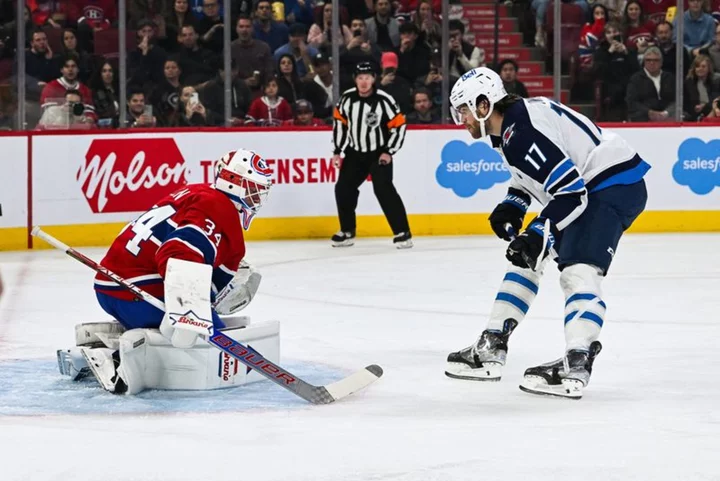
NHL roundup: Habs rally again, this time to beat Jets
Joel Armia scored the tying goal early in the third period and Jake Allen stopped 42 shots, plus all three
1970-01-01 08:00

Miley Cyrus wants Billie Eilish collaboration
Miley Cyrus has admitted Billie Eilish is at the top of her wish list of people she wants to work with.
1970-01-01 08:00
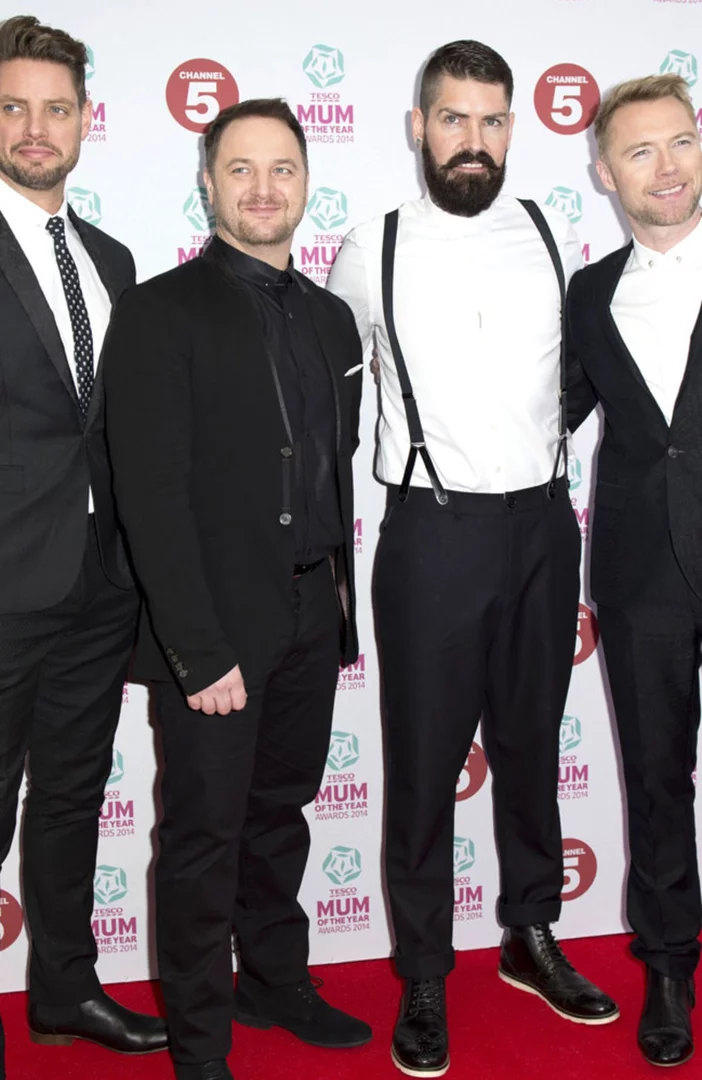
Ronan Keating thinks it was a MISTAKE to carry on with Boyzone without Stephen Gateley
Ronan Keating thinks it was a "mistake" for Boyzone to carry on without the late Stephen Gateley following his death in 2009.
1970-01-01 08:00
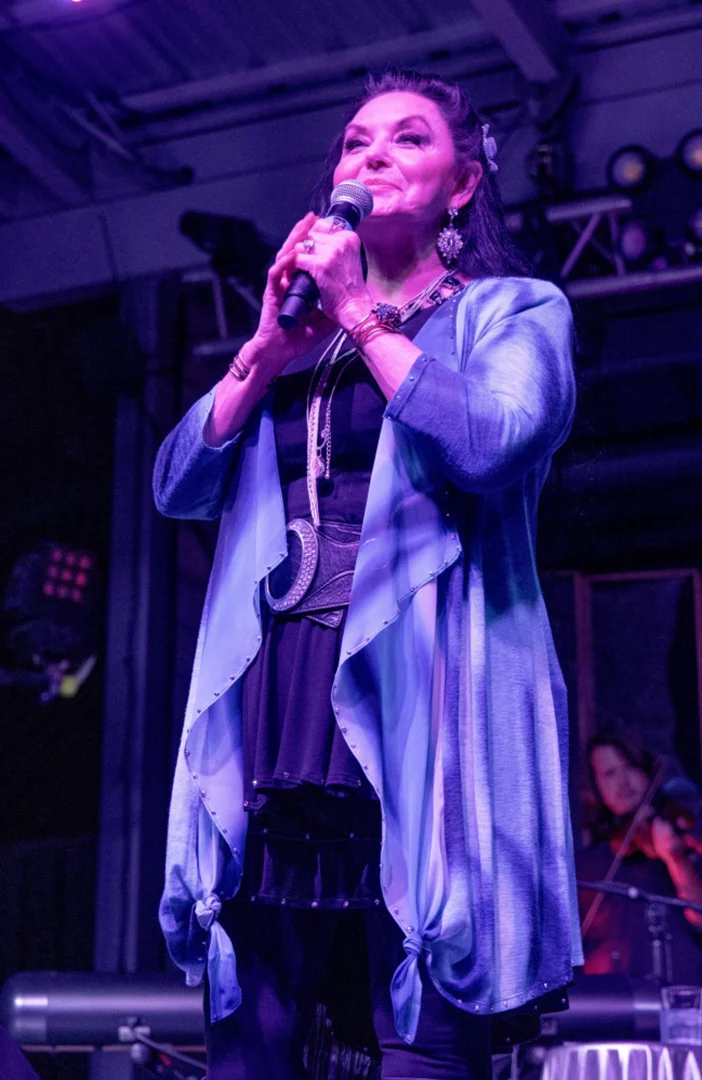
Crystal Gayle’s sister Loretta Lynn gave her new name
Crystal Gayle’s country star sister Loretta Lynn came up with her new name after record label bosses ordered her to change it.
1970-01-01 08:00
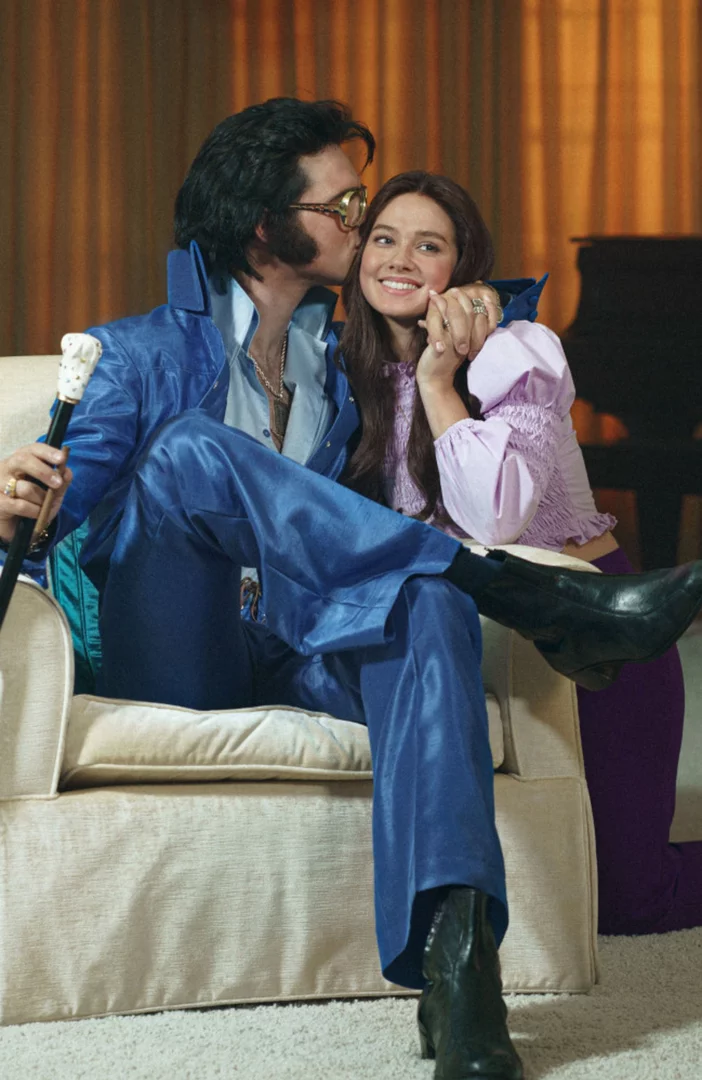
Jacob Elordi learned about Elvis Presley from Lilo + Stitch
Jacob Elordi's only knowledge of Elvis Presley before signing up to play The King in 'Priscilla' came from 'Lilo + Stitch'.
1970-01-01 08:00

Jason Statham to star in Sylvester Stallone-written Levon's Trade
Jason Statham is to star in 'Levon's Trade', a new action movie written by Sylvester Stallone that will be directed by David Ayer.
1970-01-01 08:00

Ben Wheatley reflects on shooting Meg 2: 'It was like a wild fever dream!'
Ben Wheatley feels as if shooting 'Meg 2' was a "wild-fever" dream but admitted it was nice to have some "distance" from it between filming and release.
1970-01-01 08:00
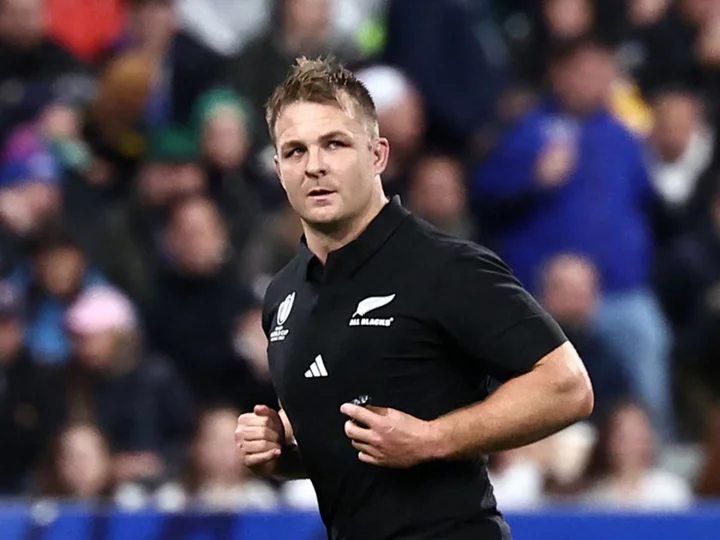
Sam Cane red card: Why was New Zealand captain sent off against South Africa in Rugby World Cup final?
Sam Cane became the first player to be sent off in a men’s Rugby World Cup final after seeing his yellow card upgraded to a red following a review from the TMO bunker during the New Zealand v South Africa match in the Rugby World Cup final. In the first half of the Stade de France showpiece, the All Blacks captain’s shoulder connected with the head of Jesse Kriel. Referee Wayne Barnes initially sent the captain to the sin-bin but, using the bunker system, that was upgraded to a red card soon after. The foul play review officer ruled that it was a shoulder direct to head with significant force and not enough mitigation to remain a yellow card. After the review was complete, Barnes called over stand-in skipper Ardie Savea to deliver the bad news for the All Blacks. He responded in shock: "to red!?" Cane was then seen in agony after learning his fate on the touchline, closing his eyes and rocking back on his chair. Reacting to the decision at half-time, Ireland legend Brian O'Driscoll was adamant Cane deserved the red card, telling ITV Sport: "Any effective tackle is a hinge at the hips, Sam Cane can have no complaints, there's no late dip, he has a clear line of sight, it's considerable force to the head and a very, very clear red card." While All Blacks legend Sean Fitzpatrick reluctantly agreed: "In real time, it's a red card, we have to get on with it." But what are the laws around head contact and high tackles that referees are following and how do they decide on the punishment? Here’s everything you need to know: What are World Rugby’s laws on head contact? Head-on-head contact in the tackle comes under Law 9 of the Laws of Rugby Union, which covers foul play. Law 9.11 dictates “Players must not do anything that is reckless or dangerous to others, including leading with the elbow or forearm, or jumping into, or over, a tackler” and Law 9.13 goes on to say “A player must not tackle an opponent early, late or dangerously. Dangerous tackling includes, but is not limited to, tackling or attempting to tackle an opponent above the line of the shoulders even if the tackle starts below the line of the shoulders.” If a player breaks these laws and the act is deemed to be reckless or dangerous, then the referee is entitled to issue a yellow or red card. World Rugby also clarify the intent of the laws, stating in their guidelines that: “ Player welfare drives World Rugby’s decision making for zero tolerance of foul play, especially where head contact occurs. The focus must be on the actions of those involved, not the injury – the need for an HIA [a Head Injury Assessment] does not necessarily mean that there has been illegal head contact.” What are the punishments for head-on-head contact? Ok, this is where things get technical and debates start to occur. In March 2023, World Rugby issued their latest ‘head contact process law application guidelines’ to guide referees on whether foul play has occurred and how it should be punished. The referee has to go through a four-step process (detailed below) to determine the extent of the foul play and the sanction. The four steps are: Has head contact occurred? Was there any foul play? What was the degree of danger? Is there any mitigation? Step 1 (has head contact occurred?) is relatively straightforward, with head contact including the head and the face as well as the neck and throat area. If any head contact is made at all, we move on to Step 2. Step 2 (was there foul play?) is a touch more complex. The referees are told to consider whether the head contact was either intentional, reckless or avoidable – e.g. the defender is always upright. If it was, the tackler will be penalised and they move on to Step 3. However, if the head contact was deemed not to be foul play, the game continues. Step 3 (what was the degree of danger?) – judged from high to low – determines the initial punishment. A degree of high danger is judged on any of: direct contact rather than indirect, a high-force impact, a lack of control from the tackler, the incident occurring at high speed, the tackler leading with the head/shoulder/elbow/forearm or the tackle being reckless. If the referee judges there to be a high degree of danger, a red card will be shown. Meanwhile, low danger is judged as indirect contact, low force, low speed or no leading head/shoulder/forearm/swinging arm and a yellow card or even just a penalty to the opposition may be awarded. The final step, Step 4 (is there any mitigation?) determines whether the punishment can be reduced by one grade (i.e red card down to yellow card or yellow card down to just a penalty). Mitigation includes a sudden or significant drop in height or change in direction from ball carrier, a late change in dynamics due to another player in the contact area, a clear effort from the tackler to reduce their height or the tackler having no time to adjust. However, mitigation will never apply for intentional or always-illegal acts of foul play. What about the Foul Play Review Officer/Bunker review? Introduced for this World Cup was the Bunker review system. This allows the referee to issue a yellow card to a player, sending them to the sin-bin while play goes on, where a Foul Play Review Official (FPRO) will then take another look at the incident and determine if the yellow card should be upgraded to red, allowing the game to continue rather than a long stoppage to debate this. This is what happened to Curry against Argentina. The referee crosses their arms to indicate a Bunker review will take place. Once a player is in the sin-bin, the FPRO has up to eight minutes to review the decision and decide if it warrants upgrading to a red card. If not, the player will return to the field after their 10 minutes in the sin-bin has elapsed. Read More South Africa become kings of rugby with dramatic World Cup win over greatest rivals Sam Cane, Siya Kolisi and a tale of two captains at the heart of this Rugby World Cup final New Zealand captain Sam Cane opens up on Rugby World Cup ‘heartbreak’ after red card in final New Zealand v South Africa LIVE: Rugby World Cup final score updates as Springboks lead 14-man All Blacks South Africa’s Bongi Mbonambi suffers Rugby World Cup final heartbreak with injury South Africa vs New Zealand: Who is the referee for the Rugby World Cup final?
1970-01-01 08:00
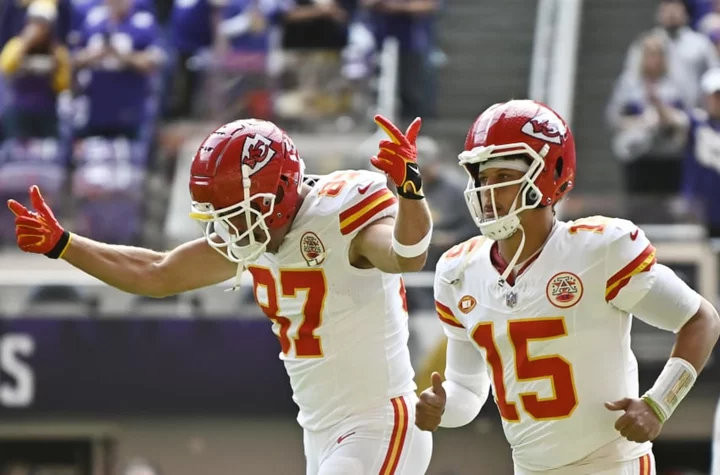
What time and channel do the Chiefs play today in Week 8?
Everything you need to know for the Kansas City Chiefs' Week 8 matchup with the Denver Broncos.
1970-01-01 08:00
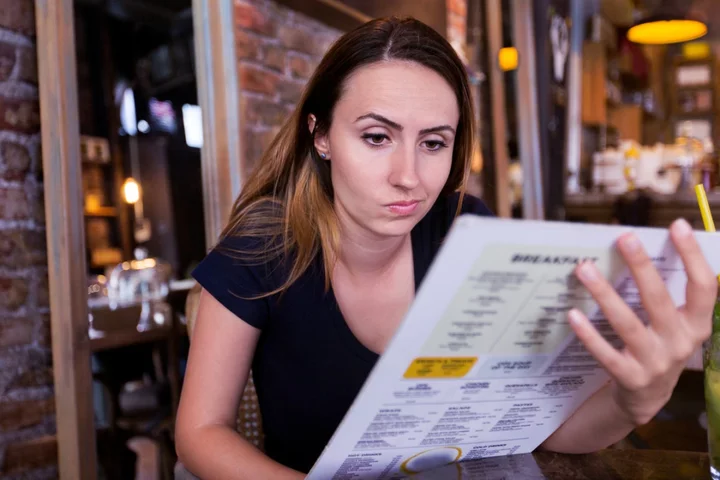
Restaurant menus are ruining eating out: ‘They’re supposed to seduce you, not humiliate you’
What does a “smacked cucumber” look like? What is a “rutabaga”? Why does a “spiny caldereta” sound so threatening? Is “blackened” just a fancy word for “burnt”? These are some of the many questions diners have to grapple with when they look at a menu in some restaurants these days. But Britons are a shy bunch who would rather curl up in a ball and disappear than actually have to utter these queries out loud to a waiter. I would know – my husband is one of 41 per cent of diners who would choose to google an unfamiliar menu term under the table instead of asking for clarification, according to recent research from reservation service Resy. Whenever me and my husband come across an obscure word on a menu, my suggestion of asking the waiting staff to explain is swiftly shot down by the appearance of his phone, followed by a muttered definition from a search engine. Navigating a menu has become harder in recent years. It’s not just the use of lesser-known techniques, nor the use of alternative words for common ingredients (a rutabaga is a turnip and a cep is a porcini or pennybun mushroom, by the way). With Covid came menus only available via QR code, a development that’s now the bane of eating out – some restaurants still use them. It means having to point our stupid camera phones at stupid, alien-looking squares and scroll through the menu in stupid silence, as if we need to be even more enslaved to our devices than we already are. And then, if menus do get printed, they’re impossible to see because restaurants insist on turning their lights down lower and lower. Or they print the text in smaller and smaller typeface, making it a struggle to read even with 20/20 vision – which I haven’t had since I was 10. I’ll never forget trying to read the menu at the ever-trendy Smoking Goat in Shoreditch in 2019, me and five of my companions sat squinting in the dark with our phone torches on. Going to a restaurant should be a relatively easy endeavour, an experience free of stress and embarrassment. But recent menu trends might be off-putting to the customer, says Gavin Rankin of the Mayfair-based French brasserie restaurant Bellamy’s. “Restaurant menus are supposed to seduce you, to persuade you,” he tells me. “There’s a tendency now to list vegetables or ingredients nobody’s ever heard of, but I don’t like it and people don’t like having to ask questions about what something is because it makes them feel foolish. Restaurants aren’t out to humiliate the diner.” Descriptors that give an idea of texture or flavour are important, but they don’t have to be complicated. It’s definitely possible to achieve a balance between having your menu be stylish and still informative Hugh Richard Wright, restaurant PR But could it be a good thing for menus to spark conversation between a diner and the restaurant? When I ask Rankin this, he blows a raspberry down the phone line, though not rudely – just in exasperation. “There’s something a bit… aggressive about it,” he says. “You can see on some menus they are deliberately choosing to list things that will force people to ask. Keep it simple, in my opinion. It’s different if you’re trying a really unfamiliar cuisine, but not when you go to an English or French restaurant. You should be able to look at a menu and be happy to eat 90 per cent of it with pleasure.” I’m someone who’s quite happy to have a chinwag with the waiter and ask questions about a menu. I also like it when a menu provides the opportunity to learn something new. But Rankin is right in pointing out that many diners don’t like asking questions at all, and menus shouldn’t force a diner into having to enquire about every single item. Hugh Richard Wright, leading restaurant PR and man-about-town with years of eating and consulting experience under his belt, says restaurants need to be mindful of striking the right balance with their menus. “A menu is more than just a list of dishes,” he says. “It should tempt you and excite you, so the descriptions should be tantalising. A menu that makes you want to have a conversation with your server is nice but it’s a balance. You don’t want to have everything explained to you and to go through every dish asking, ‘What’s this, what’s that’. That’s what a lot of places get wrong.” He adds that a menu should give the diner a “realistic impression of what you’re getting on your plate” – a reasonable enough expectation that some restaurants have foregone in favour of just listing ingredients. “For example, ‘pork, leek, kumquat’. It should describe how the pork is cooked. Is it pulled pork? Or roasted? Descriptors that give an idea of texture or flavour are important, but they don’t have to be complicated. It’s definitely possible to achieve a balance between having your menu be stylish and still informative.” David Paw, international editor at Resy, advises that we shouldn’t be put off by a sparse menu. “It may be deliberate,” he says. “The restaurant is setting up the chance for a guest and the front of house staff to engage in a dialogue. I lean into these moments as opportunities to have a chat about ingredients, techniques, and the kitchen’s creative process. I’d encourage diners to always try to ask for more information. Even frequent diners are always learning and expanding their food vocabulary.” It comes down to what kind of experience we’re looking for when we dine out. For some, like Paw and myself, it’s fun and exciting to come across new things on a menu. But for many, given that eating out nowadays is much more of a pricey indulgence than it used to be, relaxation is key, not being challenged. This isn’t to say that every single restaurant should acquiesce to simplicity, but it would be no small potatoes to consider ways to make a diner feel less like they need a thesaurus before sitting down. It doesn’t diminish a fine restaurant to make its menu more accessible – instead, it would make it so much more appealing, bringing incredible food to the many instead of the few. That said, we go to restaurants to eat food we wouldn’t normally cook ourselves, and often food that we’re not familiar with. There is so much joy to be had in allowing new flavours and textures to colour your palate, and the culinary world has never been more creative or diverse than it is right now. So in a time where suspicion of anything unfamiliar is rife, perhaps it would do us all some good to try something new on our plates. Next time you’re stuck, ask your waiter for assistance. I promise they won’t bite. Read More Best burgers in London: Where to eat top patties in the city Why ‘chain’ restaurant shouldn’t be a dirty word Three ramen recipes to change your life Best burgers in London: Where to eat top patties in the city Why ‘chain’ restaurant shouldn’t be a dirty word Three ramen recipes to change your life
1970-01-01 08:00
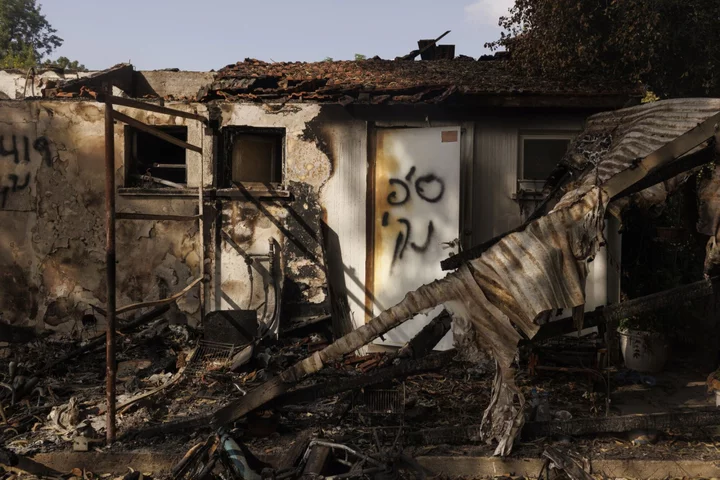
How This Israel-Hamas Conflict Is Like Nothing That’s Happened Before
The long history of the Israeli-Palestinian conflict is filled with bloodshed, dislocation and trauma. But even by those
1970-01-01 08:00

Hurricane Otis: Mexico troops tackle looting in devastated Acapulco
Thousands of soldiers and police go into the Mexican resort city ravaged by a powerful hurricane.
1970-01-01 08:00
